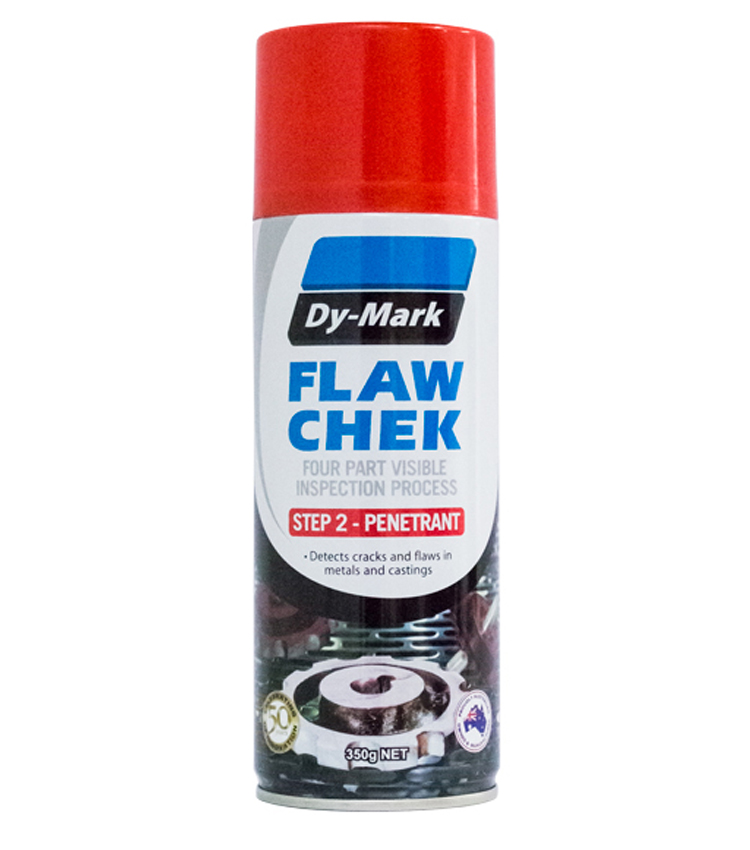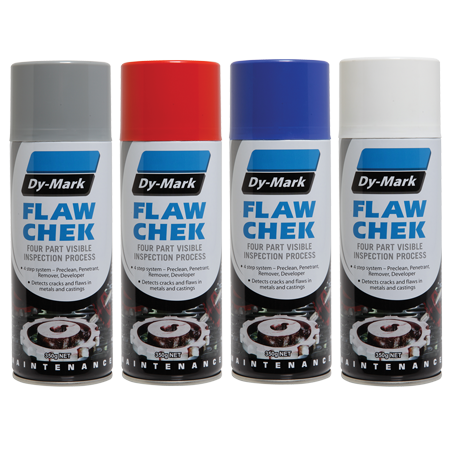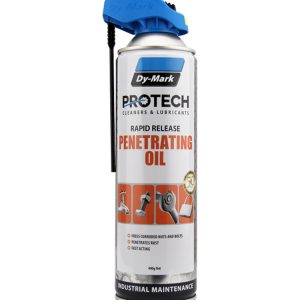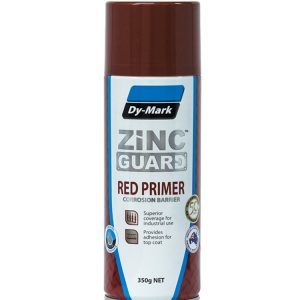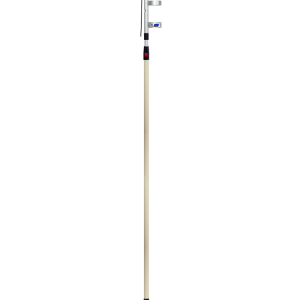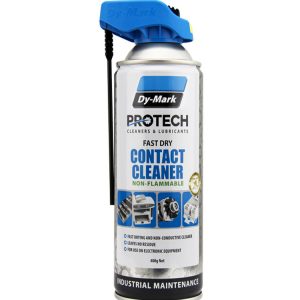Dy-Mark Flawchek is useful in any industry carrying out the manufacture and repair of metal machinery and parts, such as:
- Foundries
- Steel and general metal fabrication
- Engines, boilers, furnaces etc.
- Automotive industry
Also known as liquid penetrant inspection or dye penetrant inspection, this non–destructive method for the detection of cracks and welding discontinuities conforms to AS2062 Type 2 Method C, also ASME and ASTM E165.
- Highlights very fine cracks in welded joints, castings or forgings
- Suitable for pressure testing and leak detection
- Useful on ferrous and non-ferrous surfaces
- A cost effective, portable method of testing
